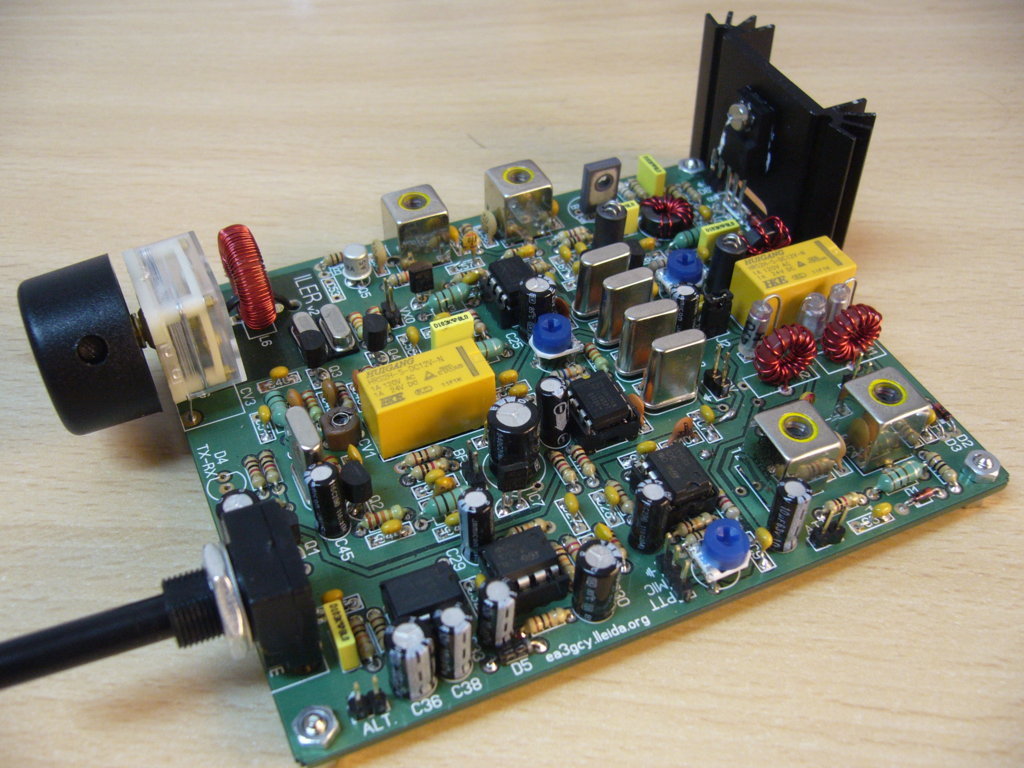Next week, assuming the snow has gone, I want to drive around the local area to plot the polar pattern of my earth-electrode antenna working on 137kHz. My 7-8W beacon transmitter can send a range of QRSS and CW messages, so I want a way of driving to different places using my FT817 fed via a preamp and measuring the S/N using Spectran whilst remaining inside the car.
Portable RX loops are fine, but these are directional and need to be set up each time a measurement is taken
outside of the car. Ideally I need an omni-directional RX antenna like an E-field probe. So, I'm looking for a way to drive to a spot, take a quick measurement from
inside the car, then move on; a loop works, but when it is -2 deg C outside and the ground is icy, it is not ideal.
Either I put the electronics for an E-field probe right at the base of the mag-mount (mechanically not ideal) or I have the electronics in the car and somehow tune out the coax cable capacitance. At the moment I am still experimenting to find an arrangement that works with good sensitivity by checking the strong Greek commercial signal just outside the 137kHz band.
Based on 472kHz results, the earth-electrode antenna behaves like a loop with loop-like directionality. I 'd expect to see the same pattern on 137kHz.






